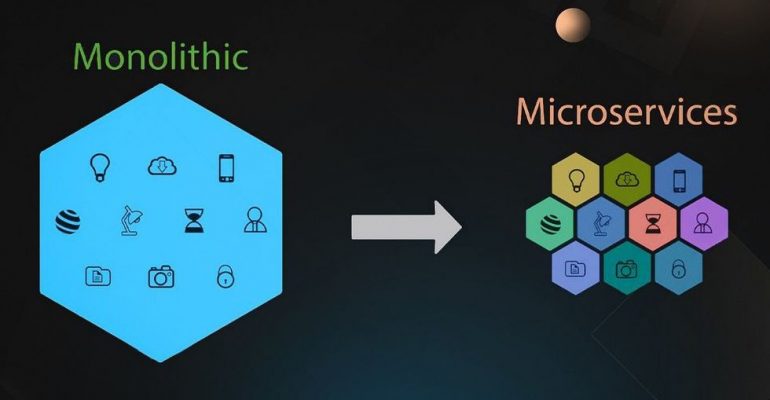From Monolith to Microservices: A Smarter Path to Scalable Software.

From Monolith to Microservices: A Smarter Path to Scalable Software.
From Monolith to Microservices is becoming a defining move for companies that want to thrive in today’s fast-paced digital world. In an era where agility, performance, and scalability define success, traditional monolithic architectures are quickly becoming a limitation. That’s why many organizations are shifting to microservices—a smarter, modular approach that drives faster innovation and long-term growth.
At Onephase, we help businesses reimagine their systems by moving from monoliths to microservices. Here’s why this shift matters, and how to do it right.
What Is a Monolithic Architecture?
A monolithic application is built as a single, unified unit. All functionalities—UI, business logic, and database access—are tightly coupled and run as a single service. While this structure is simple to deploy initially, it becomes increasingly difficult to manage, scale, and update as complexity grows.
Common drawbacks include:
-
Slow deployment cycles
-
Difficulties in scaling individual components
-
Higher risk of downtime from small failures
-
Challenges with adopting modern DevOps and CI/CD practices
What Are Microservices?
Microservices architecture breaks down an application into independent, loosely coupled services. Each service is responsible for a specific function and can be developed, deployed, and scaled independently.
This modular approach leads to:
-
Faster development and deployment
-
Greater scalability and flexibility
-
Improved fault isolation
-
Easier adoption of new technologies
With microservices, development teams—especially in nearshore environments—can work on different parts of the application simultaneously, increasing efficiency and time to market.
Why Businesses Are Making the Shift
1. Scalability and Performance
Monoliths scale as a whole, which means resources are often wasted. With microservices, you can scale only the components that need it—like payment processing or search functionality—without affecting the rest of the system.
2. Flexibility in Technology Choices
Microservices allow teams to use the best tool for each job. For example, one service can run on Python, another on Node.js, and a third on Go—allowing innovation and specialization where it matters most.
3. Faster Time to Market
Smaller, independent services can be built and deployed quickly, enabling continuous delivery. This is crucial for businesses in fast-moving industries like banking, retail, and SaaS.
Key Considerations for a Successful Transition
Migrating to microservices isn’t just about architecture—it’s about mindset, tools, and strategy.
Start with a Strong Digital Consulting Partner
Expert guidance is essential. At Onephase, our consultants work closely with your internal teams to assess your current architecture and define a migration roadmap that aligns with your business goals.
Prioritize Domain-Driven Design
Understanding business domains and boundaries helps define microservices that are meaningful, scalable, and manageable.
Embrace DevOps and Automation
Microservices require modern development practices. Automating deployment, testing, and monitoring is key to maintaining agility without losing control.
Invest in API Management and Observability
Since services must communicate seamlessly, API gateways, service meshes, and logging tools are essential for performance and stability.
Real-World Impact: Why Microservices Matter Now
Organizations that have transitioned to microservices are seeing measurable improvements:
-
🚀 40% faster deployment cycles
-
🔒 Improved system resilience and uptime
-
📈 Better customer experiences with more personalized, responsive software
For enterprise systems, this change isn’t optional anymore—it’s strategic.
Final Thoughts
From monolith to microservices isn’t just a technical migration—it’s a strategic transformation. With the right consulting, tools, and mindset, businesses can unlock agility, speed, and scale like never before.
At Onephase, we specialize in helping companies modernize legacy systems through scalable, future-ready software architectures. Whether you’re starting from scratch or planning a phased migration, we’re here to guide the way.
👉 Let’s talk about your path to a smarter software future.

